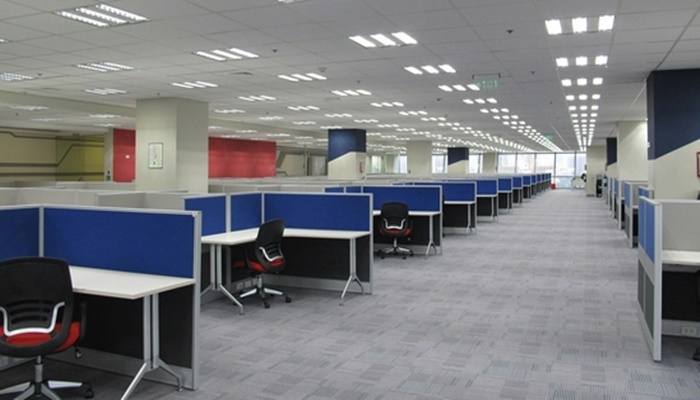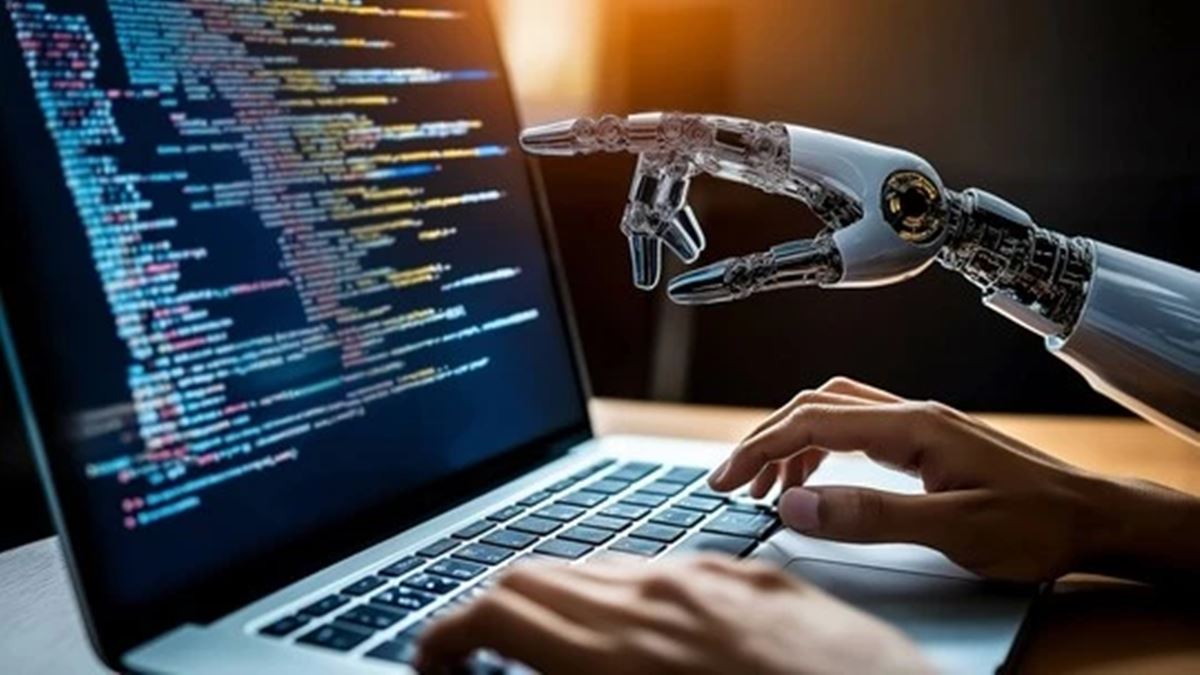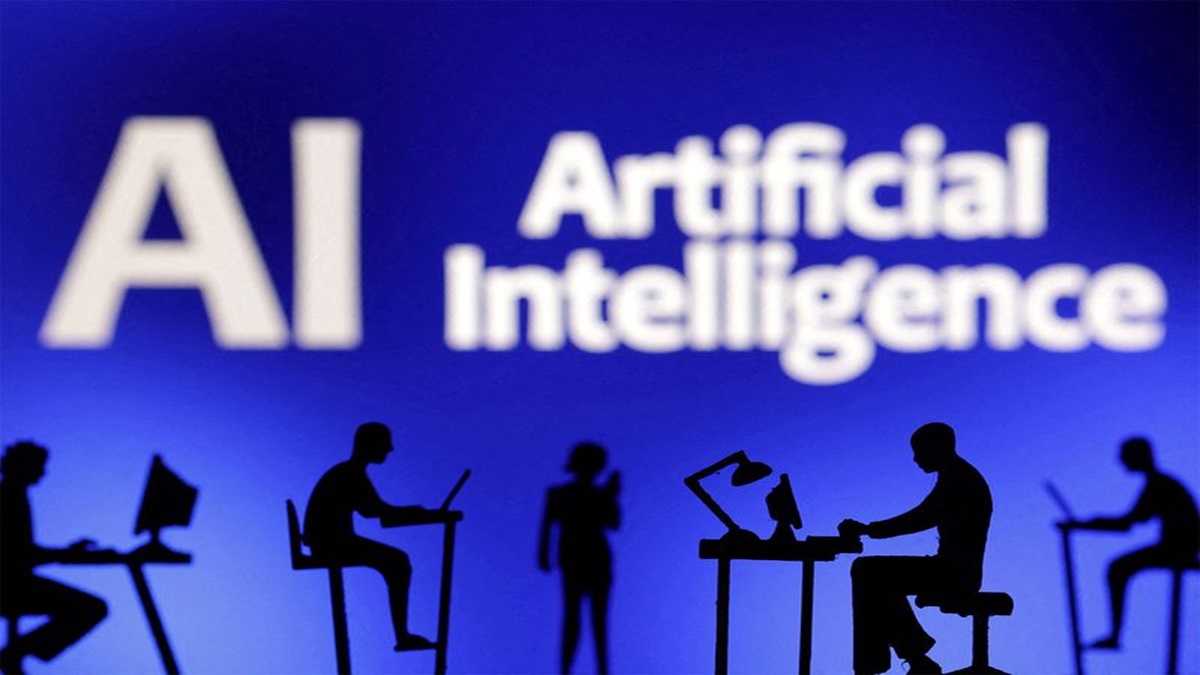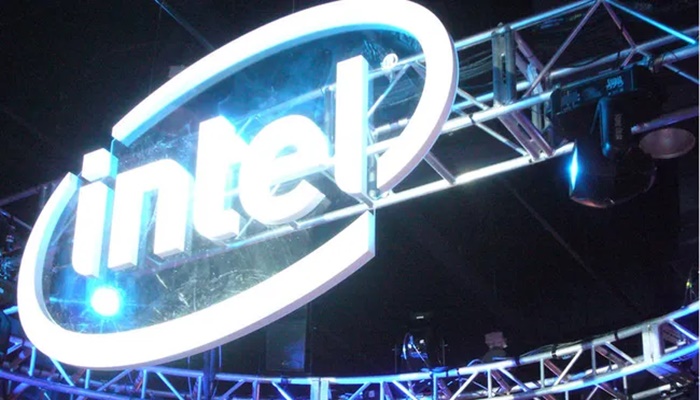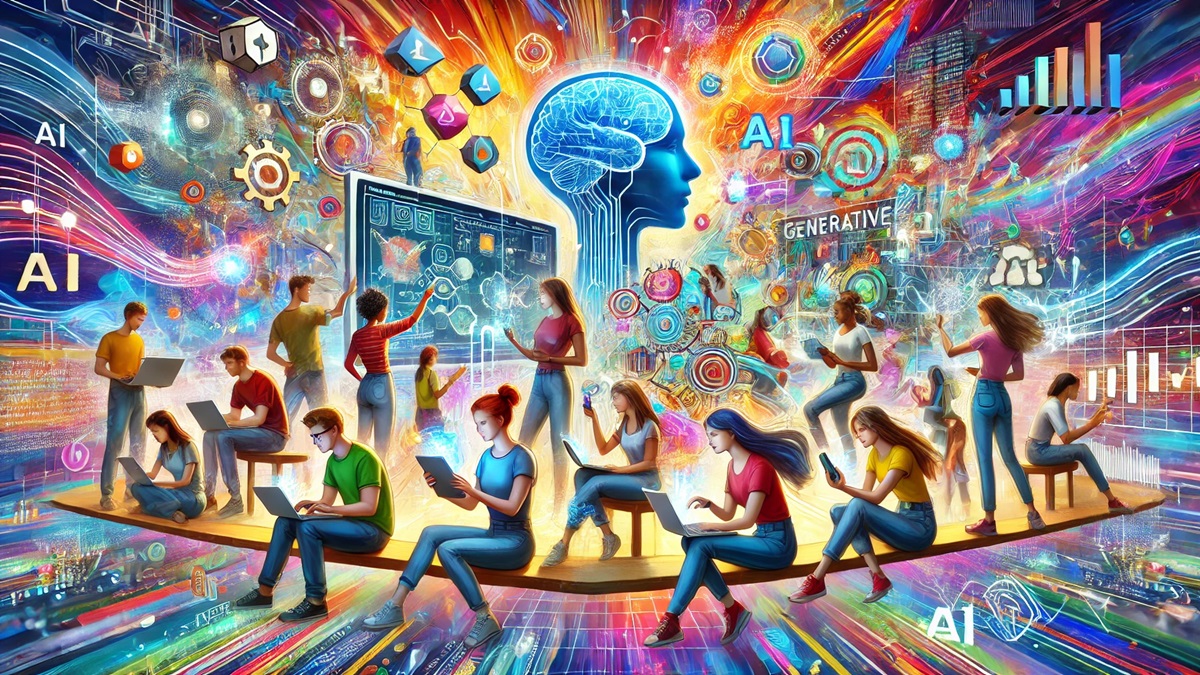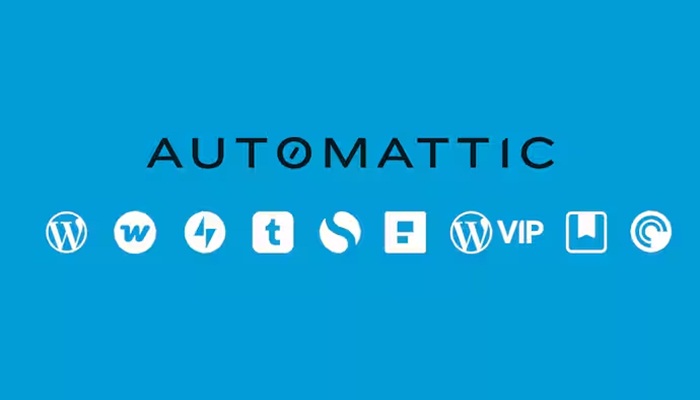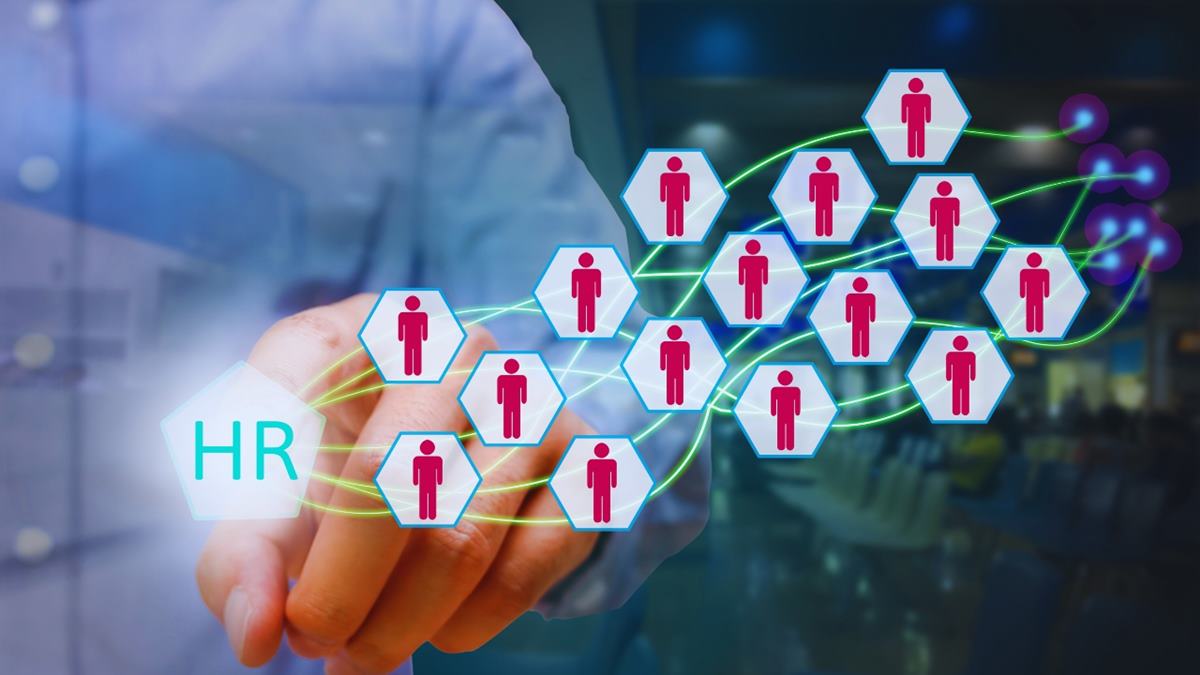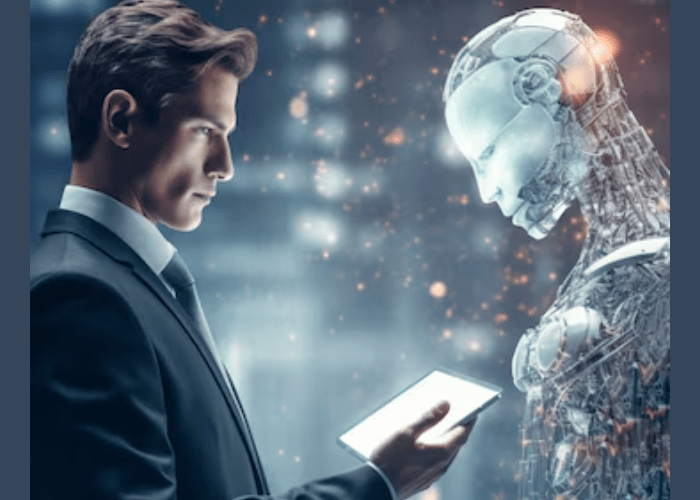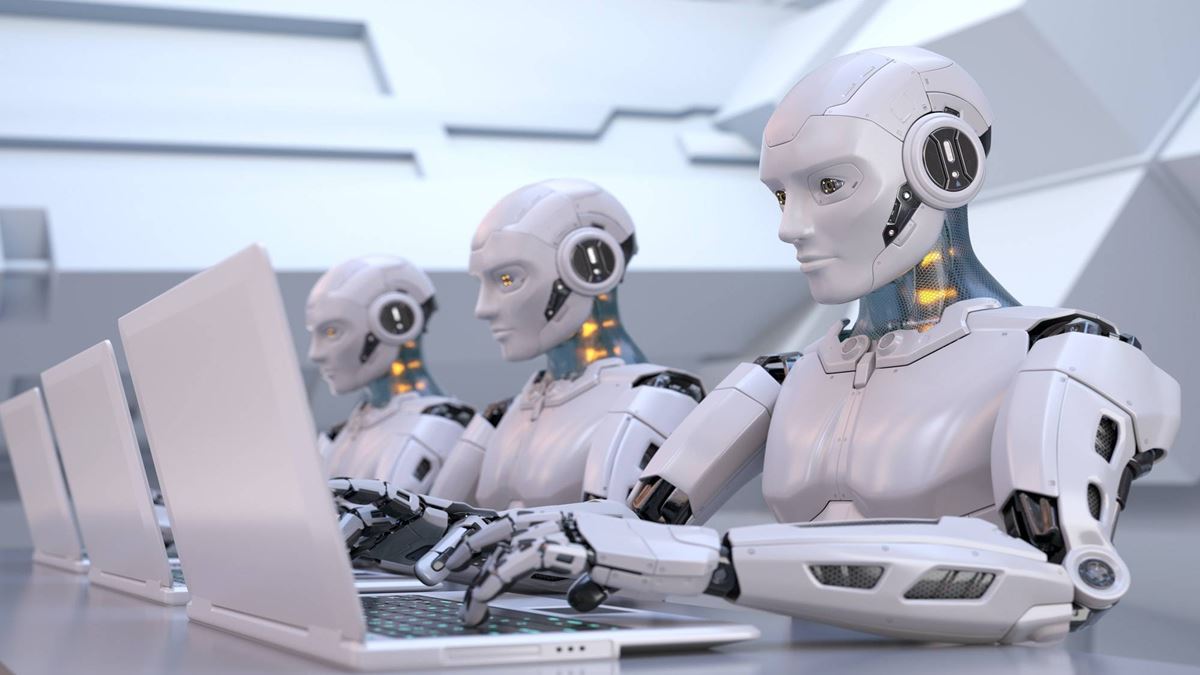A Walk into the Future
Tom sits at the edge of a long day in Delhi, where garment workers, software engineers, and school principals have gathered for a national task force on the future of work. Their voices linger in his head as he walks home: fear of replacement, hope for new possibilities, exhaustion from uncertainty.
He knows the stakes are bigger than individual jobs. Work is not only about wages; it is about dignity, rhythm, identity, and belonging. Changing work means reshaping society.
Jobs at Risk: Roles Likely to Disappear
AI and automation have already begun rewriting labour markets. Reports from PwC, OECD, and Forbesestimate that millions of jobs will be displaced in the coming decade, especially those that rely on routine, repeatable, rules-based tasks.
High-risk categories include:
- Data entry clerks
- Telemarketers and call centre agents
- Retail cashiers and checkout staff
- Basic customer support representatives
- Proofreaders and translators (for high-resource languages)
- Paralegals and legal assistants
- Accounting clerks and bookkeepers
- Insurance underwriters
- Fast-food service workers
These roles are vulnerable because machines are cheaper, faster, and more reliable at repetitive tasks.
In one post-industrial town, Tom visits a call centre where half the desks are already replaced by chatbots. The human workers are now “training the AI”—their expertise reduced to labelling edge cases. One employee, Maria, sighs: “I used to solve problems. Now I just babysit the algorithm.”
This is not just economic disruption. It is identity erosion.
Jobs That Will Be Augmented
But the story is not only about loss. Many professions will survive, but transform. AI is shifting from a replacement tool to a co-pilot, boosting productivity while leaving judgment, creativity, and empathy to humans.
Examples
- Doctors: Using AI to analyse imaging, genetics, and symptoms for faster diagnosis.
- Teachers: Crafting personalized learning journeys using adaptive platforms.
- Writers & Journalists: Co-creating content with generative models, while providing editorial vision.
- Software Engineers: Relying on AI-assisted coding tools like GitHub Copilot.
- Architects & Designers: Combining human aesthetics with generative design algorithms.
- HR Managers: Leveraging predictive analytics for hiring while safeguarding fairness.
This shift reframes what “skill” means. Tomorrow’s best workers will not be those who know the most, but those who can adapt fastest and collaborate with AI most effectively.
Jobs That Will Be Created
Every industrial revolution displaces jobs but also creates new ones. The World Economic Forum (2023) estimates that while 85 million jobs may be displaced, 97 million new roles could emerge by 2030.
Emerging job categories include:
- AI Trainers and Prompt Engineers – guiding language models through fine-tuning and prompting.
- Ethical AI Auditors – reviewing algorithms for fairness and bias.
- Human-AI Experience Designers – crafting humane, intuitive AI interfaces.
- AI Safety Researchers – ensuring reliability in high-stakes contexts like healthcare.
- Climate Analysts with AI Expertise – forecasting droughts and emissions with AI models.
- Neurodiverse Accessibility Designers – tailoring AI tools to different cognitive needs.
- Community Technologists – adapting AI to local agriculture, education, and healthcare.
These jobs highlight the importance of skills over credentials. Bootcamps, microcredentials, and peer networks will often matter more than degrees.
Tom, in one policy session, advocates for a national skills passport—a framework where lifelong learning and hands-on experience matter as much as traditional qualifications.
The Agentic AI Disruption: Beyond Routine Work
When I began writing this series, generative AI was the big story. But today, the world is being swept by Agentic AI—AI systems that don’t just respond to prompts but can autonomously plan, act, and adapt to goals.
Unlike passive chatbots, Agentic AI can:
- Schedule meetings, negotiate contracts, and manage workflows end-to-end.
- Run hiring processes—shortlisting candidates, conducting preliminary interviews, and even drafting offer letters.
- Operate complex supply chains by dynamically adjusting to real-time data.
- Manage entire digital marketing campaigns—from content to analytics—without constant human supervision.
This leap means slightly more complex jobs are now at risk, not just repetitive ones. Middle managers, analysts, junior consultants, and HR staff who once thought themselves safe may find large parts of their work automated.
Consider HR:
- Agentic AI can already scan resumes, design assessments, conduct initial interviews, and draft evaluation reports.
- It doesn’t replace the human touch of final hiring, but it drastically shrinks the number of humans required in the pipeline.
In consulting and finance, agentic systems can prepare detailed market analyses overnight, tasks that once consumed teams of associates. In law, they can conduct discovery and prepare case briefs.
This wave will not just eliminate jobs—it will compress hierarchies. Many “junior” roles that traditionally served as training grounds may vanish, leaving workers scrambling for ways to gain experience.
The real challenge is not just displacement, but disruption of the career ladder itself.
The Three Camps: How People See the Future of Work
As debates intensify, three broad perspectives dominate.
The Doomsayers
- Believe AI will cause mass unemployment.
- Cite historical patterns where productivity gains benefitted capital, not labour.
- Fear erosion of meaning and rise of inequality.
- Call for UBI, progressive tax reform, and oversight of AI monopolies.
The Optimists
- See AI as a liberation from drudgery.
- Believe history proves new technologies create more jobs than they destroy.
- Call for entrepreneurship, education reform, and global innovation networks.
The Realists
- Recognize disruption but insist outcomes depend on policy and institutions.
- Push for worker retraining subsidies, equitable digital access, and corporate accountability.
Tom finds himself aligned here: “It’s not the tech that decides outcomes—it’s the social contract we build around it.”
Data Snapshot
- 400 million jobs could be displaced by AI by 2030 (McKinsey).
- 66% of businesses plan to adopt AI by 2027 (WEF, 2023).
- 70% of workers fear redundancy; only 34% of firms offer retraining (MIT Sloan).
- Women and minority workers are more likely to be in automatable roles (ILO, 2022).
Agentic AI could accelerate these numbers by pushing automation further up the value chain.
Policy Pathways: Learning from the World
This is where I turned to Arya Manjaramkar, a Gen Z AI researcher funded by Google, whom I asked to review this chapter. Arya represents the generation that will live the consequences of AI decisions made today. His critique was clear: the chapter needed policy depth and global examples, not just narratives.
He pointed to:
- Denmark’s Flexicurity Model – combining labour flexibility with strong social safety nets, enabling workers to retrain without fear of destitution.
- Singapore’s SkillsFuture Programme – where citizens receive lifelong learning credits to continually reskill.
- Germany’s Apprenticeship System – a bridge between education and evolving industry needs.
Arya also reminded me that the Global South must not be ignored: AI-driven jobs in agriculture, microfinance, and telemedicine could be transformative if coupled with inclusive digital infrastructure.
His perspective reframed this chapter: AI is not just a technological challenge, but a governance test.
A Day in Transition
At a rural retraining centre, displaced truck drivers—replaced by autonomous freight convoys—now learn drone operations for agriculture. Some thrive; others struggle.
One middle-aged man says, “I’m too old to start over.” Another laughs, “I never thought I’d be flying drones. It feels like a new life.”
These stories illustrate that transition is not uniform. Support structures, cultural context, and psychological resilience matter as much as technical training.
Why This Chapter Matters
This chapter is about more than jobs. It is about identity, dignity, and belonging.
Arya’s review helped me realize that we cannot frame the future of work only in terms of tasks lost or gained. It must also be framed in terms of policies, ethics, and intergenerational responsibility.
Because the question is not just: What will AI do to work?
It is also: What will we do with AI?
We must:
- Invest in inclusive education and lifelong learning.
- Expand mental health and social support during transitions.
- Fund community-driven innovation, from villages to megacities.
- Ensure youth voices are part of the policymaking table.
- Prepare for Agentic AI’s impact not only on routine roles but on complex professions and career pipelines.
Closing Reflection
Tom, Arya, and I represent three vantage points: lived experience, research, and policy. Together, they converge on a single truth:
The future of work is not predetermined. It is negotiated.
Arya’s Gen Z lens reminds me that this is not just my story to write—it is theirs to live. Which is why I sought his input, and why collaboration across generations will be key to shaping an equitable AI future.
We stand at a crossroads: automation or augmentation, exclusion or empowerment, despair or dignity.
The machines won’t choose for us.
We will.

